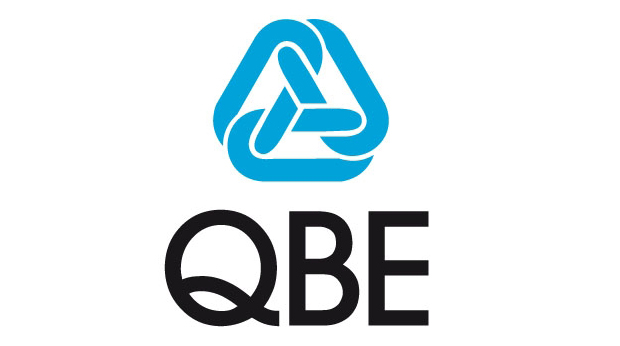
19 Apr Usage of Medical Stop Loss Captives Growing as Companies Seek to Better Control Costs of Self-Funded Healthcare Insurance Plans
NEW YORK, NY (THE WIRE PRESS) – QBE North America, an operating division of global insurer QBE Insurance Group, today released a new white paper about the increased use of medical stop loss captives by companies that self-fund their employee health insurance plans. Titled “Medical Stop Loss Captives: Issues and Answers,” the paper attributes the recent growth to several factors:
Large companies that did not need to pair medical stop loss with their self-funded plans now find the coverage necessary due to rising healthcare costs, as well as mandates in the Affordable Care Act (ACA), such as unlimited lifetime benefit maximums.
Large companies that already had a self-funded plan and medical stop loss coverage are looking for more efficient methods to finance that coverage.
An increasing number of medium and small-sized companies are converting to self-funded plans to manage the cost of complying with the ACA. As they do, they need medical stop loss coverage, and insurers are developing new group captive structures in response.
Captive participation in an excess coverage (medical stop loss) that supports a self-funded plan can amplify the benefits derived from self-funding alone. A captive can also efficiently absorb some of the risks often excluded by traditional medical stop loss policies, such as certain individuals with large, ongoing medical conditions.
“We’ve seen interest for these types of plans double over the last few years,” said Phillip Giles, Vice President of Sales and Marketing for QBE North America’s Accident & Health business. “There is a great opportunity for large companies that already have a captive established for their casualty lines to add medical stop loss as a way to augment the utility of the existing captive and provide a short-tail profitability hedge to longer tail coverages.”
The white paper explains that a key advantage for large companies with their own captives is the ability to provide the stop loss coverage in the form of reinsurance instead of insurance. With this approach, front fees, premium taxes, collateralization and other costs associated with issuing an insurance policy can be greatly reduced.
“For smaller employers, we often look for various forms of group captive structures that pool the resources of multiple companies to achieve economies of scale,” said Steven McFarland, Vice President-Underwriting for QBE North America’s Accident & Health business. “Different options are available for groups of employers in similar or varied industry classifications. These options can be structured as a member-owned or even rent-a-captive.”
Among their many benefits, group captives allow small employers to gain the negotiating power of a large company. This leverage can generate volume-related discounting with provider networks and other service providers to better manage costs.
The “Medical Stop Loss Captives: Issues & Answers” white paper is available on QBE North America’s online newsroom, and was co-authored by Phillip C. Giles, Vice President, Sales & Marketing, Accident & Health; and Steven A. McFarland, Vice President, Underwriting, Accident & Health Specialty Markets.
QBE Accident & Health, part of QBE Specialty Insurance, is one of the largest underwriters of medical stop loss coverage in the United States.
QBE Specialty Insurance underwrites risks and provides exemplary coverage and services to support the specialized needs of customers across a wide variety of segments and industry sectors. These include Accident & Health, Aviation, Public Company, Private Company, Commercial Errors & Omissions, Financial Institutions, Healthcare, Media & Entertainment, Trade Credit, Transactional Liability, Surety and Inland Marine, for appointed retail and wholesale producers.
About QBE
QBE North America is part of QBE Insurance Group Limited, one of the largest insurers and reinsurers worldwide. QBE NA reported Gross Written Premiums in 2015 of $4.6 billion. QBE Insurance Group’s 2015 results can be found at www.qbena.com. Headquartered in Sydney, Australia, QBE operates out of 43 countries around the globe, with a presence in every key insurance market. The North America division, headquartered in New York, conducts business through its property and casualty insurance subsidiaries. QBE insurance companies are rated “A” (Excellent) by A.M. Best and “A+” by Standard & Poor’s. Additional information can be found at www.qbena.com, or follow QBE North America on Twitter.
*Kaiser Family Foundation – Health Research & Education survey. http://kff.org/report-section/ehbs-2015-section-ten-plan-funding/


No Comments